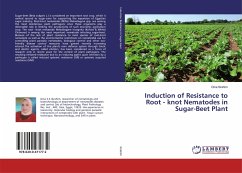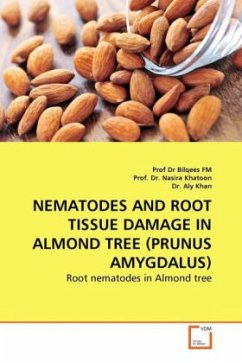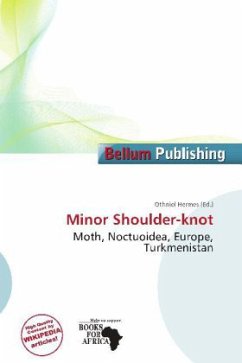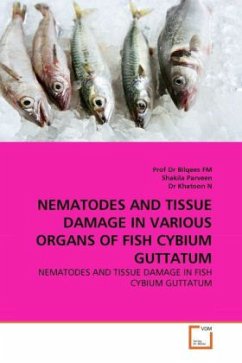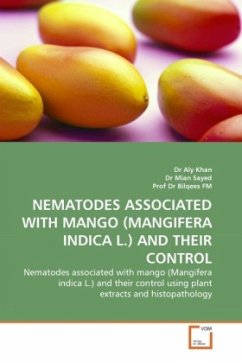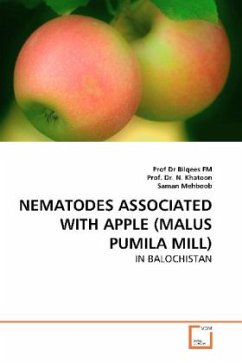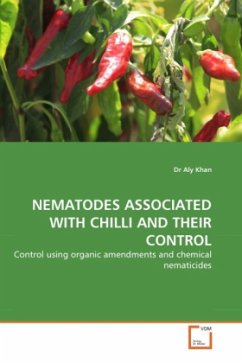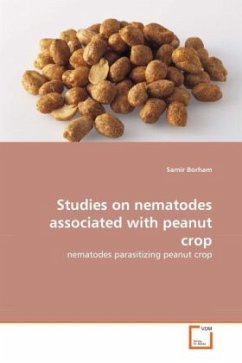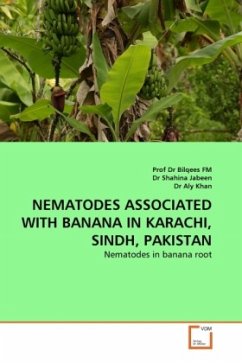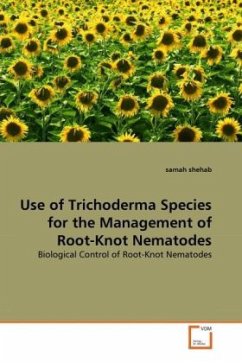
Use of Trichoderma Species for the Management of Root-Knot Nematodes
Biological Control of Root-Knot Nematodes
Versandkostenfrei!
Versandfertig in 6-10 Tagen
39,99 €
inkl. MwSt.

PAYBACK Punkte
20 °P sammeln!
Root-knot nematodes parasitize a wide range of crops, often impacting both the quantity and quality of plant causing substantial yield losses.Use of nematicides is one of the most reliable means of managing root-knot nematodes. However, their negative impact on the environment and human health has led to regulatory restrictions in the use of many nematicides. Microbical agents are considered as environmental alternative methods for the management of plant parasitic nematodes.The filamentous fungi, Trichoderma spp. showed potential activity against economic nematodes.Type and species of Trichod...
Root-knot nematodes parasitize a wide range of crops, often impacting both the quantity and quality of plant causing substantial yield losses.Use of nematicides is one of the most reliable means of managing root-knot nematodes. However, their negative impact on the environment and human health has led to regulatory restrictions in the use of many nematicides. Microbical agents are considered as environmental alternative methods for the management of plant parasitic nematodes.The filamentous fungi, Trichoderma spp. showed potential activity against economic nematodes.Type and species of Trichoderma as well as method of application could be vital factors in their effectiveness in inducing plant growth and suppressing nematode control.Therefore, the present study was carried out to determine the occurrence and distribution of soil- borne fungi associated with various plants grown in Dakahlia governorate, Egypt, the impact of five native species of Trichoderma on hatching and nematode mortality and the impact of Trichoderma soil drenching and seed dressing application on M. incognita infecting sunflower, soybean, okra and cowpea under greenhouse conditions.



